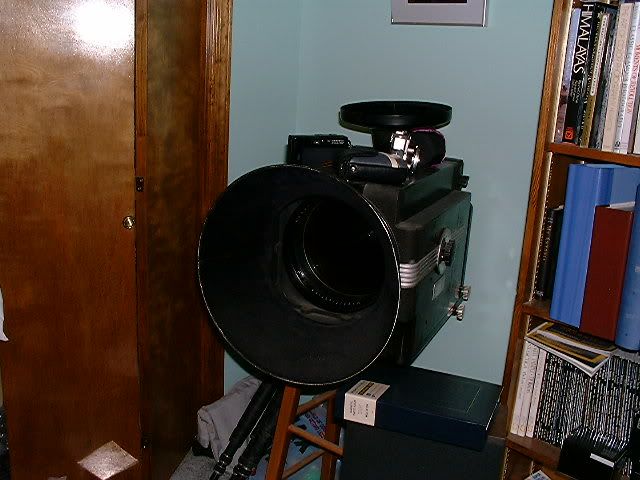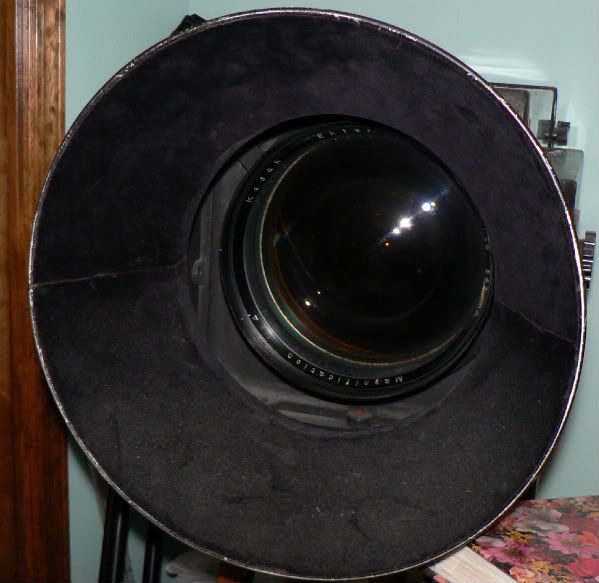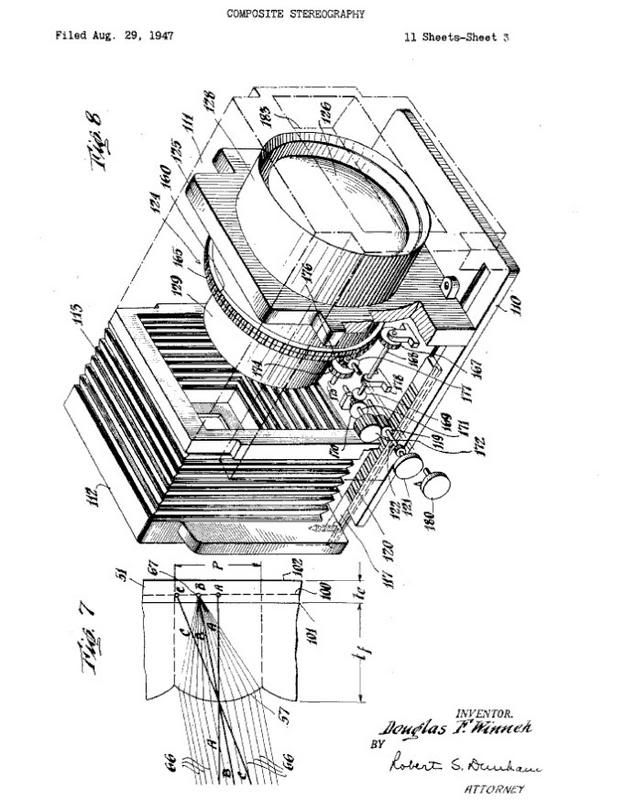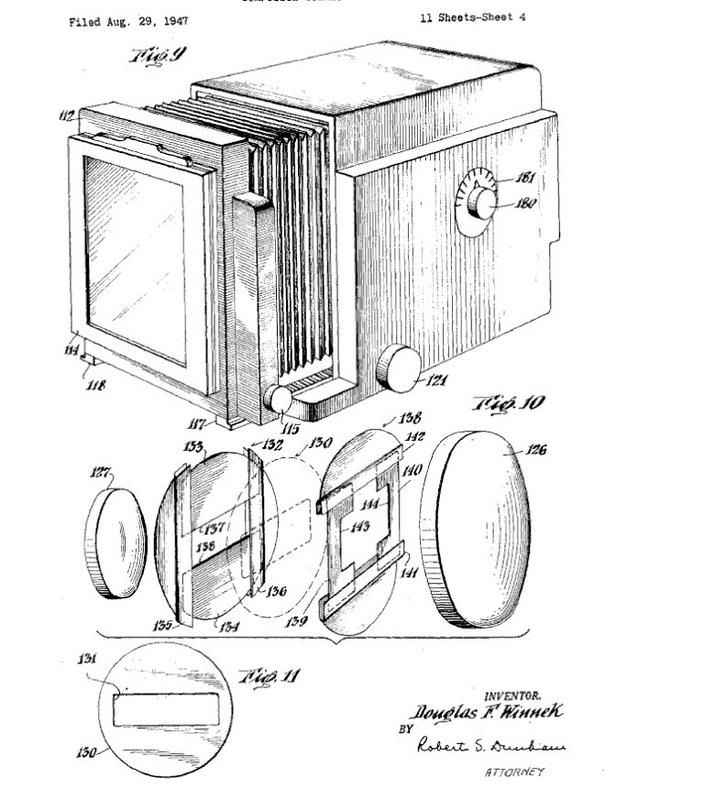raid
Dad Photographer


After months of additional investigation, I may be getting close to communicating with another family member of the inventor Douglas Winnek. For some reason, it did not work out when exchanging a couple of emails with Winnek's son, Kelly [I thought "Kelly" was his daughter]. To make the story short, he thought that contacting PBS to have an investigation on the WWII camera would be exploitive.
New Stuff:
I was contacted by a gentleman last August about the camera. He was working with Winnek until his death, and they took photos together with innovative 3D cameras based on the Lenticular screen. Witout revealing the gentleman's identity, here is his email to me:
I stumbled upon your posts concerning the radioactivity of a lens you own. It's the Tri-Vision lens of Doug Winnek's. I worked with him for 15 years before his death in 1999. We worked with 2 large format 3D cameras he built, the 1st 11x14, then the 8x10 which I now own, photo attached. It's a modified view camera designed to travel on a track while exposing a sheet of film through a travelling grating.
I am familiar with the Tri-Vision camera, but have never seen one. It exposed images directly onto pre-sensitized lenticular negative material. The wide apeture lens allows some "look-around" in the scene. It was a 2-step process: the images had to be printed onto special material to reverse the "pseudo stereo" (inside out) back to normal stereo. It's one of his many inventions that were patented, some 37 or so to his name. We actually reproduced the cameras operation in his studio in the Carmel Valley using an Eastman 36" f 8.
I would be interested to know how you came upon that Lens/Camera. I am currently working with the 8x10 camera, and have dozens of beautiful 8x10 transparencies in my portfolio from the years with Doug and his wife Nora. We photographed still life, portraiture, architecture, landscapes, and did research on 3D MRI and computer imaging.
The email above was sent to me last summer a I was overseas, and it slipped through my email filtering and sorting until I discovered it recently. I then emailed this gentleman, but he did not respond to my email.
I also contacted MIT and the Strobe Alley, as one of the research labs is known for. This approach did not lead to new information, after several researchers at MIT tried to connect me with individuals who might know about the work/history of this camera.
The PBS associate producer who initially wanted to investigate my camera suddenly changed divisions, and another Assoc. producer "may" look at the potential project now. It looks like a deadend to me.
A sudden posting at some website resulted in getting the possibility to email Winnek's daughter [not "Kelly"]. I hope that she will be able to shed some additional light on the history of the camera.
I will keep you posted.


Last edited:

